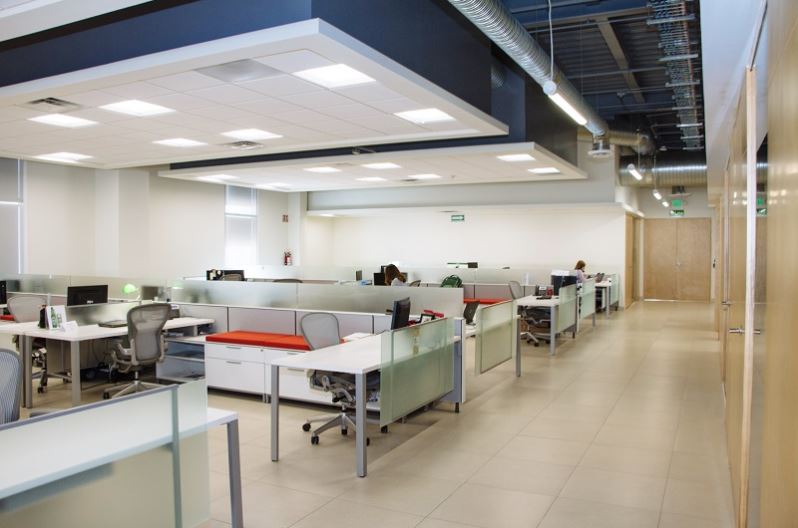Last week, the Fed did something that it had not done since 1994: It raised the fed funds rate by 75 basis points.
Leading up to the announcement, the Fed reiterated that it intended to raise this rate by 50 basis points. The Fed stated that it changed its approach to address high, persistent inflation. Ultimately, that claim seems substantiated. But more directly, it appears that the Fed changed its mind because markets signaled that the Fed was not doing enough to control inflation.
Equity markets fell into bear market territory and fixed income yields pushed higher as bond prices declined. The Fed won’t admit so, but it seems that the markets forced the Fed into doing something that it otherwise wouldn’t have done, even with May’s upside inflation surprise.
The Fed also raised the terminal fed funds rate in its forecast by 100 basis points to 3.8%, well past our estimate of r-star (neutral) at about 2.5%, with the Fed taking a harder stance that more squarely pits interest rates against inflation. Both sides of that battle carry risks, which might prove asymmetrical.
Inflation leads
Let’s take inflation first. Empirical research dating back decades proves that inflation upsets consumers (overall) more than other economic phenomena, including high unemployment and job losses.
But we do not need to reach into the distant past for evidence of this. In early June, consumer sentiment reached its lowest level on record. Yet, empirical research also demonstrates that unless inflation reaches very high levels, it tends to have a negligible cost and impact on economic growth. Our own humble contribution to this research reaffirms this position.
That raises the obvious question: “Why is the Fed so concerned with inflation?” There seems little chance of inflation rising to a high-enough level to impair economic growth. But concerns about inflation, especially outsized ones like we observe now, could influence behavior in a way that negatively impacts the economy. If consumers believe that inflation will cause economic trouble in the future (i.e. a recession), they might alter their behaviors in anticipation of such an outcome, and in the process bring about a self-fulfilling prophecy.
While that risk is likely increasing, it remains far from certain that it would manifest. In the absence of such an outcome, risk of higher inflation on economic growth remains incredibly limited.
Interest rates follow
What about the other side of this battle? Higher interest rates attempt to reduce inflation by impacting the demand side of the economy. Because central banks like the Fed can exert little or no direct control over the supply side of the economy, they raise rates to increase the cost of borrowing, negatively impacting the prospects for interest-rate-sensitive industries such as housing, financial services and durable goods.
As those industries experience lower revenues and slower job growth (if not outright job losses), growth in the economy starts to slow as those businesses and their employees (or former employees) spend less.
That helps to bring demand and supply back into balance. But the risk here is much clearer. If the Fed raises rates too much, the probability of a recession increases significantly because the decline in spending spirals into further job losses in other industries and an even greater reduction in overall spending. Most post-war recessions in the U.S. occurred because the Fed overshot interest rates.
Can the Fed actually reduce inflation?
Against such a backdrop, it might seem foolish for the Fed to start pushing even harder on interest rates. Many have noted such risks since last week’s Fed meeting. But another key question remains unanswered: Can the Fed actually reduce inflation? And here the evidence also seems suspect.
During the last four tightening cycles dating back to the 1990s, the data appears to show limited efficacy. Using the Fed’s preferred inflation measure, the core (excluding food and energy) personal consumption expenditures (PCE) index, monthly inflation did not trend downward during periods of Fed tightening. The monthly data appear somewhat random, and not indicative of deceleration brought about by higher rates.
Moreover, in the current environment, inflation is increasingly driven by food and energy, partially because of war in Europe and partially because of lack of capacity in energy production and refining. The Fed exerts almost no control over these. Therefore, the Fed is targeting what it can – the labor market.
The Fed sees excess demand for labor (most clearly in the 11.4 million open jobs) and believes it is contributing to the inflation problem. Even though wage growth and core inflation have both decelerated in recent months, the Fed seems willing to weaken the labor market to attempt to reduce headline inflation. The Fed would likely accept a higher unemployment rate, slower job gains and even job losses to tamp down inflation.
Yet that path tends to be a slippery slope to recession. To be fair, on multiple occasions the Fed has successfully managed to slow the economy and bring down inflation without causing a recession. It does not receive enough credit for this. But the course that the Fed charted last week could lead to a troublesome destination if it is not careful.
Lookout! Errr … outlook
The upshot? The 75-basis points increase by itself does not mean much. Rates remain low. But the forecast for the fed funds rate creates greater concern. If the Fed follows through, it will almost certainly push past the neutral rate into contractionary territory. How long the economy could sustain such rates without a recession remains murky. And the Fed does not need to adhere to its own forecast.
For those looking for a silver lining, the Fed has a terrible track record of following through on its own forecasts. If the Fed went too far, the Treasury market would likely signal so, much as it did during the last business cycle. That could prevent the Fed from hiking too much.
For now, our base case shows moderate growth for the economy, driven by a strong labor market and robust consumer spending. But the Fed’s increasingly hawkish interest rate forecast is raising recession risk.
What it means for CRE
Commercial real estate is digesting all the changes from recent months, including last week’s Fed decision and forecast. The market has not yet lost faith, but because things are changing so quickly, market participants are taking an extra beat or two to ensure that they are not making a mistake.
Interest remains high, but the rapidly changing environment requires extra homework. Borrowers, lenders, buyers, sellers, landlords and tenants are all assessing rapidly changing conditions, trying to avoid making a costly error. Participants are weighing longer-term confidence in the asset class against short-term uncertainty.
Ryan Severino is chief economist with JLL.









